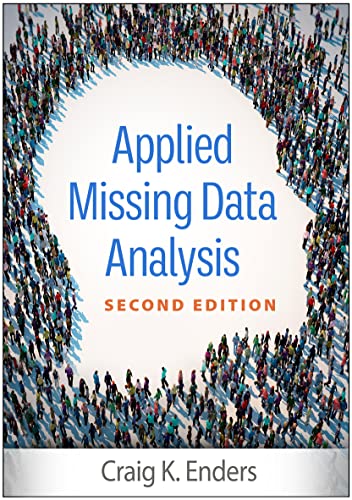
English | 2022 | ISBN: 1462549861 | 564 pages | True PDF | 16.36 MB
The most user-friendly and authoritative resource on missing data has been completely revised to make room for the latest developments that make handling missing data more effective. The second edition includes new methods based on factored regressions, newer model-based imputation strategies, and innovations in Bayesian analysis. State-of-the-art technical literature on missing data is translated into accessible guidelines for applied researchers and graduate students. The second edition takes an even, three-pronged approach to maximum likelihood estimation (MLE), Bayesian estimation as an alternative to MLE, and multiple imputation. Consistently organized chapters explain the rationale and procedural details for each technique and illustrate the analyses with engaging worked-through examples on such topics as young adult smoking, employee turnover, and chronic pain. The companion website ( www.appliedmissingdata.com ) includes datasets and analysis examples from the book, up-to-date software information, and other resources.
New to This Edition
*Expanded coverage of Bayesian estimation, including a new chapter on incomplete categorical variables.
*New chapters on factored regressions, model-based imputation strategies, multilevel missing data-handling methods, missing not at random analyses, and other timely topics.
*Presents cutting-edge methods developed since the 2010 first edition; includes dozens of new data analysis examples.
*Most of the book is entirely new.



